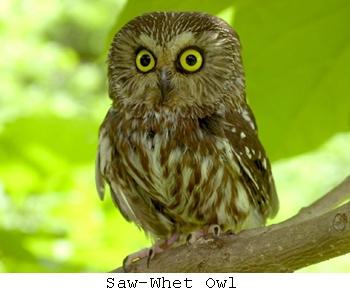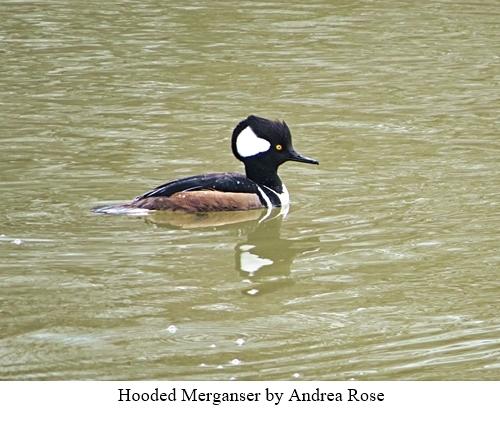October Nature Happenings

- Pine Siskins return early this month and in late-September. This bird is a member of the finch family, appearing very similar to the American Goldfinch but with a sharper beak and an overall "stripier" look.
- Migration numbers swell for Yellow-rumped Warblers, Brown Creepers, Winter Wrens and kinglets.
- Migrating Hermit, Swainson’s and Gray-cheeked Thrushes can be seen feeding on wild grapes, crab apples, and other fall fruits.
- Ruby-throated Hummingbirds have mostly left the area by this point, but you may still see an occasional straggler. A good rule of thumb is to keep those feeders up until you do not see any for weeks. If a straggler comes, restart your few-week count from that point. This also tends to be the time we may see vagrant hummingbirds that have flown out of range, such as Rufous Hummingbirds.

- First migrating owls, including Saw-whet and Short-eared Owls, appear. The Saw-whet Owl's unusual name comes from the sounds it makes, similar to the sound of a saw being sharpened (or "whetted").
- Chickadees, nuthatches, woodpeckers and jays are caching seeds and nuts for the winter. Blue Jays are especially good at remembering hundreds of places where they've stored their favorite food - peanuts!
- This is the month to install and repair nest boxes for use next year.

- Most Wood Ducks migrate south this month. A few stay over winter. As they depart the area, many other species of duck and waterfowl move in. Keep an eye out for Canvasback, Bufflehead, Scaup, and other overwintering ducks.
- Dark-eyed Juncos and White-throated Sparrows become common at feeders. Offer white millet to attract these ground feeding sparrows.
- Raptor migration peaks. Keep your eyes to the sky for kettles of migrating hawks. Lake Erie Metropark is a wonderful place to watch this yearly spectacle.

